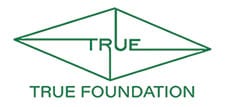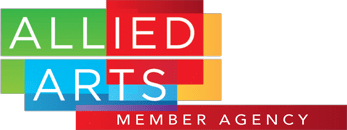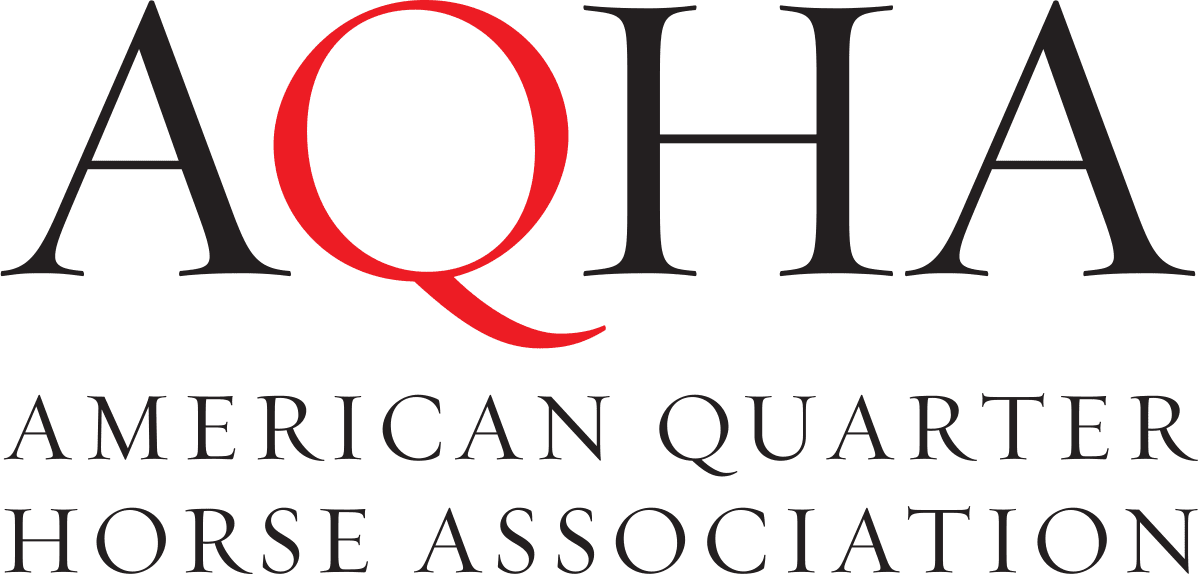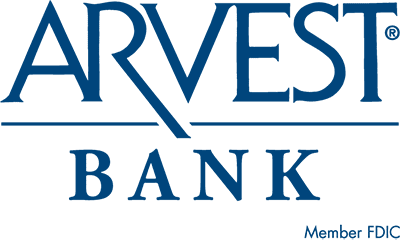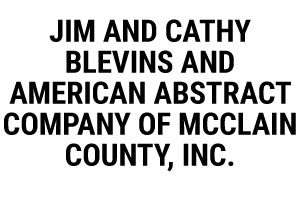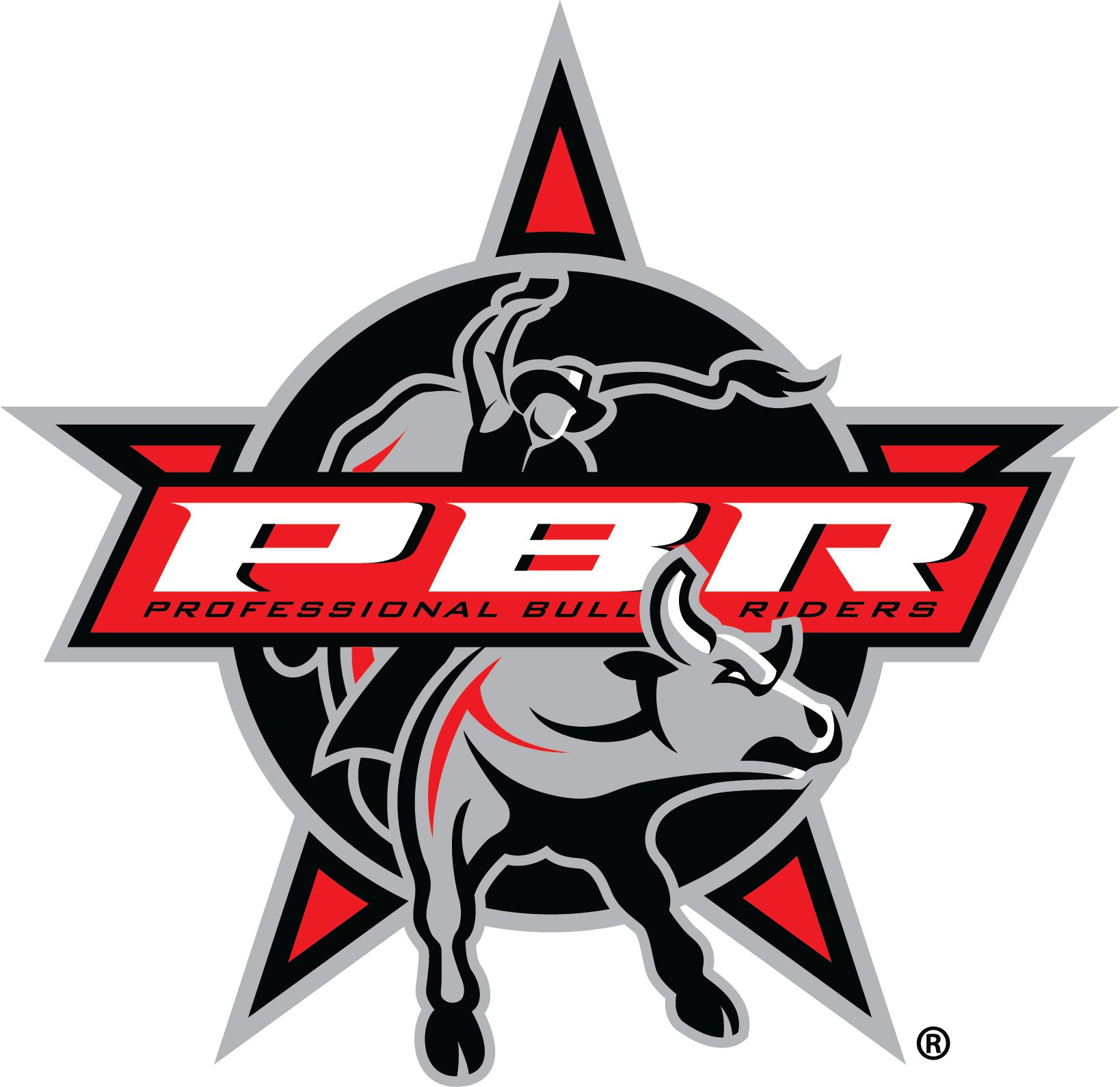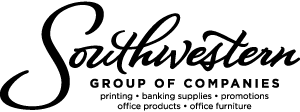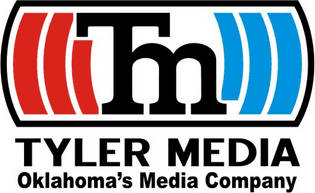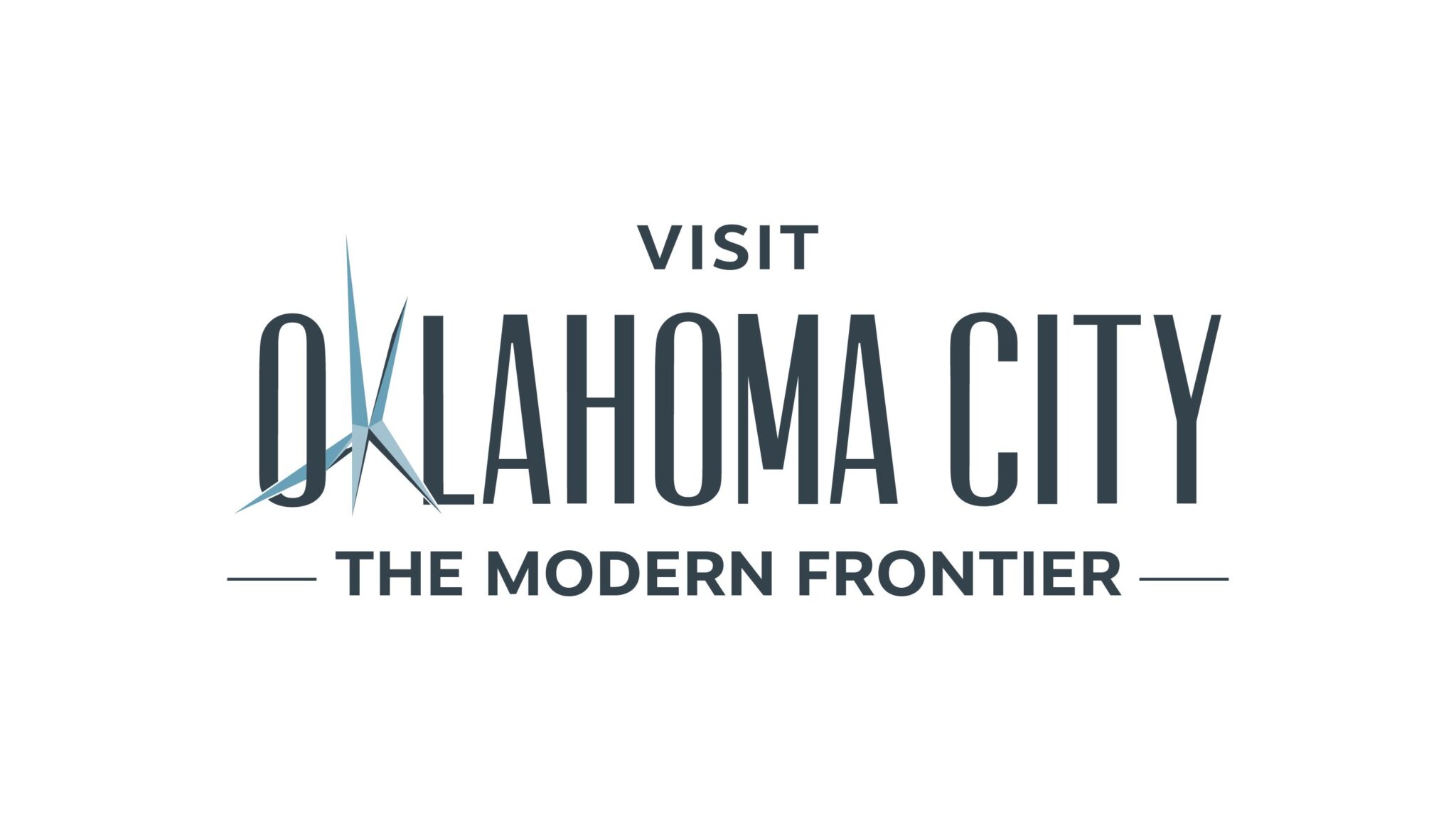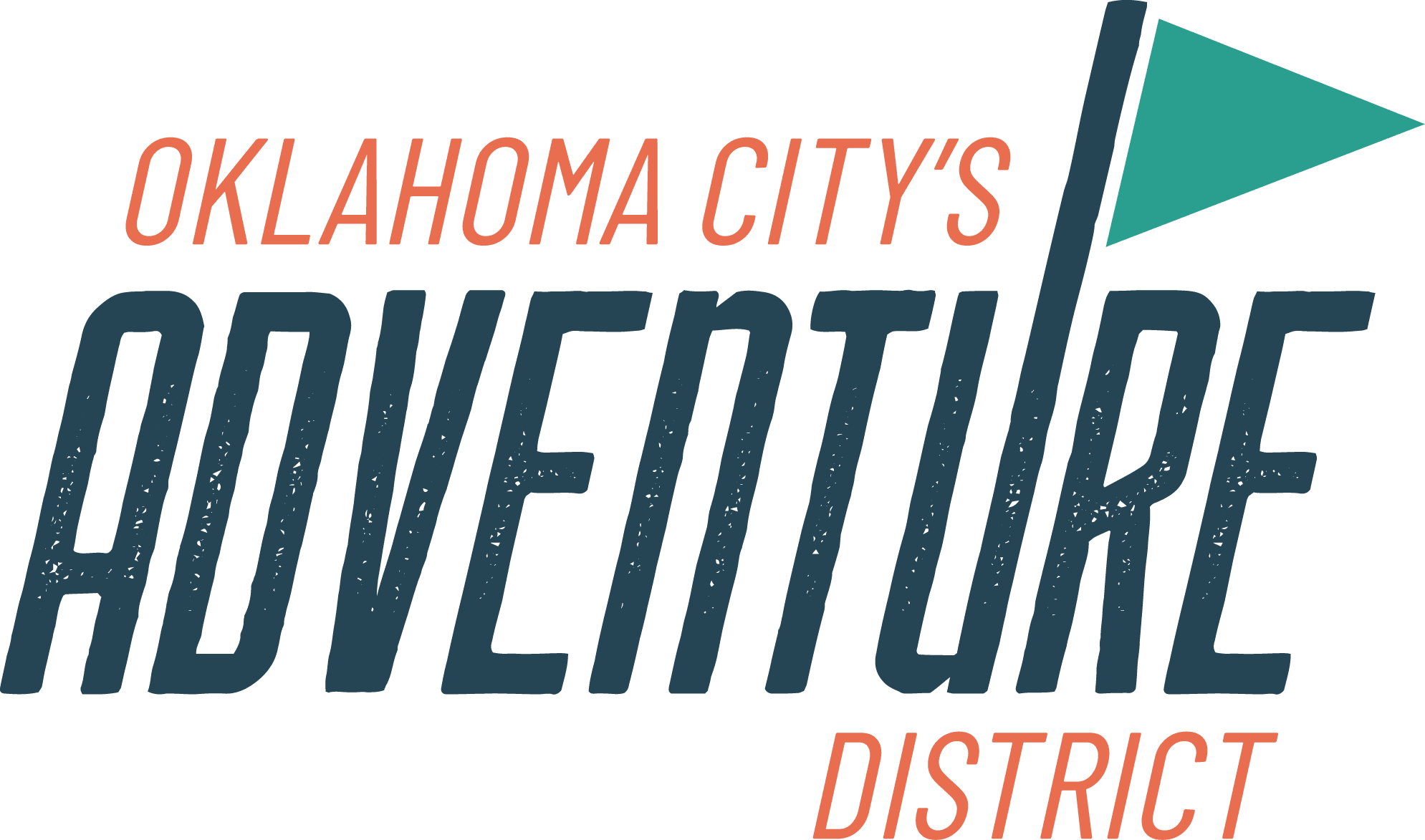Bern Gregory Rodeo Photographs, 1958-1988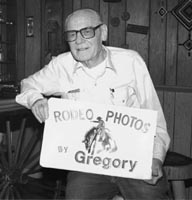
84,346 negatives, 17 three-ring binders, 6 document boxes
Location: 0918-0921; Reading Room Shelves; File Cabinets
Collection #: 044
Accession #: 1999.025
Introduction
Between 1958 and 1988 Bern Gregory photographed rodeo events and participants in Alabama, Arizona, Arkansas, Colorado, Florida, Illinois, Indiana, Iowa, Kansas, Kentucky, Louisiana, Mississippi, Missouri, Montana, Nebraska, New Mexico, Oklahoma, Oregon, Tennessee, Texas, Wisconsin, and Wyoming. In 1975 professional rodeo competitions were divided into 4 regions with each region having 3 circuits. While many of Gregory’s photographs record activities in the Great Lakes and Southeastern ProRodeo Circuits of region 4, a significant quantity record the activities in the Prairie ProRodeo Circuit of region 3.
In 1974 and 1975 several of Gregory’s rodeo action photos were chosen among the Top Ten Rodeo Photos of the Year by Horse and Rider Magazine. His action shots appeared in the Western Horseman, Rodeo Sports News, and in a 2002 documentary about Chris LeDoux on Country Music Television.
Biography
Known by some as the St. Louis Kid, Bernard “Bern” Gregory photographically documented rodeos between 1958 and 1988. In 2002, the eighty-seven year old Gregory reported, “We [he and his wife, Mary] went to rodeos in 24 different states and Canada and in 81 towns and God only knows how many motels.” When this writer asked about his health, Gregory stated he had recently undergone a series of operations including hip replacement and spinal surgery and suffered a slight stroke. In a typical understated manner he declared “other than that I’m doing pretty doggone good.”
Born on September 29, 1914 in Alton, Illinois, Bern was the son of Cora Tracy Gregory and a man who abandoned them when he was baby. A small hardworking lady, his mother moved to St. Louis when he was about three. Working 6 days a week in a tin manufacturing place making cups and pie pans, Cora earned between $8 and $9 a week. Gregory was educated in St. Louis public schools through high school.
Living about a block away from a packing house, Gregory naturally soon developed an interest in cowboys and rodeos. He wrote, “I lived near a packing house area of North St. Louis where cattle were driven horseback from the National Stock Yards at E. St. Louis, IL to the packers on the St. Louis side of the river. The kids in the neighborhood would all have broom sticks with a piece of rope or leather on the end and help the drover turn the cattle at corner intersections. These drovers were pretty good cowboys and that was my first interest in wanting to be a cowboy.”
In a 1976 Western Horseman article by Gary Vorhes, Gregory characterized these drovers, saying “Well, some of those drovers may not have worn cowboy boots and cowboy hats, but they were dang sure cowboys.”
When he was about 16 or 17, Gregory befriended a man who owned a packing house and who spent every day in the stock yards buying cattle for his packing plant. He recalled, “He had a farm on the outskirts of St. Louis and was very interested in rodeo. He had a rodeo arena and would buy stag steers, calves, and horses that would buck. Little jack-pot rodeos were held during the summer and I would ride in them. [I] tried calf roping but was not very good. [I] would take pictures at these jack-pots for [my] own pleasure. This was all before WWII.”
On January 2, 1935 Gregory started work at $45 per month as an office/messenger boy in the freight traffic department of the Missouri Pacific Railroad. From this position he worked his way up to general freight agent negotiating freight rates for the piggy-back traffic (trailers on flat cars). He also served as chairman of the rules committee for southwestern railroads in working out rules for handling piggy-back traffic. But, his interest continued in rodeo and cowboys. In 1942 he joined the Cowboy Turtles Association.
On February 13, 1943 Gregory was inducted into the Army, served in Normandy, northern France, Rhineland, and central Europe and landed on Omaha Beach on June 16, 1944. He was awarded the Bronze Star four times. After the war in September 1945 he helped organize what might have been the first armed forces rodeo in Europe. Sponsored by the Red Cross and located in Furth, Germany, the rodeo was realized through the efforts servicemen trading chocolate bars and packs of cigarettes for large work oxen for “ bucking bulls.” The “bucking horses” were 20 head of green, three-year-old mules requisitioned from the Russian sector. The arena was built with pine poles and airstrip landing mat for fence. Cowbells were made out of artillery shells. On December 5, 1945 Gregory was discharged as Buck Sergeant and upon his return to St. Louis he renewed activities with his packing house friends. He timed, flagged, and judged the little jack-pot rodeos.
A true partnership emerged when Gregory married Mary Harman on June 29, 1946. Mary, the daughter of a livestock farmer, grew up on a farm at High Hill, Missouri and helped her father with farm work after her mother died around the age of 12. A graduate nurse, Mary resumed her work as a private duty nurse after their marriage.
Around 1955 the couple began taking rodeo photography vacations and attending rodeos on weekends. He used a German 35mm Realist SLR camera which could sync with a strobe light at 1/500 of a second. He called this “the greatest rodeo camera ever made” because other cameras could only sync at 1/125 of a second. The faster the shutter speed, the sharper the captured action image. Wearing out four of these Realist cameras, Gregory went to a Nikkormat with a 55mm lens for bucking stock and a zoom lens, 85 to 204 mm, for roping and steer wrestling events. By 1958 Gregory had sold his first action photographs at $1.50 a print to stock contractor, Tommy Steiner, at the St. Louis rodeo sponsored by the St. Louis firefighters. Thus began an avocation which would consume his life through 1988.
In 1968 the Gregorys bought a house in Black Jack, Missouri in which Bern built his first darkroom. While Mary attended night school taking classes in photographic developing and printing, Bern read books on the same subjects. In the darkroom he used the enlarger to expose the image to paper while Mary ran the paper through the chemicals and wash. In the arena he kept the log books while Mary marked up rodeo programs with times and scores which served to reconcile Gregory’s records. “Without Mary’s help,” he said, “it would never have been possible.” In later years Gregory carried his own darkroom components on the road enabling him to set up in a motel room, develop negatives at night, and print 8×10 prints and contact sheets the following morning.
After his retirement from the Missouri Pacific Railroad on April 30, 1975 Bern devoted more time to rodeo coverage. Through various rodeo and western publications and building up confidence with the cowboys and stock contractors such as the Kajun Kid, Tommy Steiner, and Walt Alsbaugh, Gregory’s rodeo action shots gained notoriety and his reliability and good reputation became well-known.
Gregory lists many sensational action shots among his favorites. Perhaps a more unusual one was the wreck of Clyde Kimbro being bucked off the bull “YD” in St. Louis in 1968. Kimbro was bucked off as the bull kicked the bell off the rope. The bell flew up into the air and landed on the head of a fellow sitting in a box seat. Gregory laughingly exclaimed, “You had to see it to believe it.”
Gregory’s rodeo photography career ended in a somewhat ironic fashion. Covering the 1988 American Royal rodeo in Kansas City, Missouri, he was run over by an announcer on horseback, an accident which caused injuries to his shoulders and one leg. “I had ducked bulls and horses for 30 years but it took an announcer on horseback to get me.” This, however, was not the first time he had been run over. During the 1970s he was hit by pickup man, Ron Conatser, in Memphis from which he suffered broken ribs, a bruised shoulder, a swollen knee, and “mashed up” hat. In a second accident in Kansas City, he was hit by a pickup man from which he was “just shaken up a little and dazed for a couple of minutes.”
Reflecting on his first time in the arena, Gregory stated he was not nervous or scared. He knew what to expect with stock. Vorhes wrote, “Bern knows whether the bull or bronc will come out of the chute to the right or left, or spin, or bog down.” Gregory’s biggest concern was his desire and hope to sell the pictures. As all great rodeo photographers do, he anticipated the shot. He saw the picture before he took it.
To any up and coming photographers, Gregory advised that they first cover amateur and high school rodeos and learn what the action and the danger are before getting in the arena. Because many novice photographers inadvertently obstruct professional photographers and judges, Gregory admonished, ”Most of all, don’t get in the way.”
Following Mary’s death after a long battle with cancer on August 21, 1998, Gregory moved from his home in Black Jack to an apartment in Flourissant, Missouri. Quoted in a 1976 Western Horseman article by Gary Vorhes, perhaps Gregory’ s comments about how a photographer fit into the rest of the rodeo world best summarizes his profession in that era.
“It’s interesting, because you’re doing something for your own satisfaction, and you’re doing something the fellas like. And they know that you’re just about in the same position they are. You’re not makin’ any money and they’re not makin’ any money and you’re doin’ it because you like it. But most of all you are recording rodeo history.”
The Bern Gregory photographic collection, preserved in the Dickinson Research, Center documents thirty years of rodeo history. It, along with the Ralph R. Doubleday and DeVere Helfrich collections, documents the activities, events, and personalities of over 75 years of the sport of rodeo.
Scope & Content Note
The Bern Gregory Rodeo Photographs is comprised of 84,346 negatives (or 2,963 rolls between 1960 and 1988) primarily of 35mm black & white film with some 120mm black & white film represented. The collection also includes 1,184 slides dating between 1958 and 1983 organized into 71 rolls and contact print (proof) sheets reflecting very nearly all the 2,963 rolls of negatives.
Over 9,600 personal names, over 2,200 horses names, about 700 bull names, 22 different states and 98 different rodeo venues are represented in this collection. In addition to documenting the American Royal Rodeo in 1982, and 1985-1988, Gregory covered the Prairie ProRodeo Circuit Finals in 1978-1981 and 1985 and the Missouri High School Rodeo in 1978-1980. Gregory also captured moments of the National Finals Rodeo in 1964-1967, 1969-1973, 1975-1977, and 1980.
The largest number of images for an event was bull riding at 19,467 (28%). Next were bareback riding at 12,043 (17%), saddle bronc riding at 10,782 (16%), barrel racing at 10,717 (15%), steer wrestling at 7,786 (11%), calf roping at 7,609 (11%), team roping at 969 (1%), and steer roping at 227 (1%). As indicated, the collection contains a good and strong component of barrel racing images.
Subject Terms
Personal Names:
Appleton, Dave, 1960-
Arnold, Tom
Bandy, Mike
Beagley, Jerry
Berger, Bobby
Bolin, Ricky
Browne, Spanky
Burk, Barry
Clark, Derek, 1961-
Cleveland, Jimmy
Coffee, Leon, 1953-
Coleman, Tony
Combs, Tommy
Crumpler, Brady
Duvall, Roy, 1942-
Elms, Chick
Emmett, Skip
Fairington, J. W.
Ferguson, Larry, 1949-
Ferguson, Tom, 1950-
Flynn, Denny, 1951-
Frost, Lane, 1963-1989
Gay, Don, 1953-
Goodspeed, Bobby
Goodspeed, Dottye
Graham, Joe
Groves, Sammy Joe, 1947-2002
Hall, Wayne
Hedeman, Tuff, 1963-
Henson, Monty, 1952-
Kirby, Butch, 1956-
Kirby, Sandy, 1949-
Lambert, Cody, 1961-
Logue, Bob
Logue, Chuck, 1960-
Luthi, John
Magers, Randy
Mahan, Larry, 1943-
Manuel, Howard
Mayo, Paul, 1942-
McBeth, John, 1941-
Mesimer, George
Perkins, Sam
Robinson, Jerome
Rumford, Bronc
Sankey, Ike
Sankey, Lyle
Shoulders, Marvin Paul, 1951-
Stoker, J. W., 1927-
Taylor, Monty
Tyer, Vickie
Walter, T. J.
Ward, Jack
Whitaker, Chip
Whiteley, Danny
Whorton, Rick
Whyte, Susan
Wilcox, Ken
Young, Rick, 1934-
Horses:
Ace of Spades, Bad News, Bad Scene, Bear Den, Beaver Creek, Blue Eagle, Blue Yonder, Broken Box, Brown Bomber, Brown Jug, Calamity Jane, Calcutta, Chinook, Copper Canyon, Cry Baby, Denver, Gold Dust, Jay Bird, Jigsaw, Little Dreamer, Lost Pride, Lost River, Major Reno, Nine Bar, Nobody’s Friend, Rocky Butte, Sam Bass, Sheep Camp, So Sorry, Sorrel Top, Stormy Weather, Tall Boy, Tall Timber, Teacher’s Pet, Tornado, Trouble Maker, Wildfire
Corporate Names:
American Royal Rodeo
Bootheel Rodeo
Buffalo Bill Rodeo
Flint Hills Rodeo
Girls Rodeo Association
International Rodeo Association
J Bar H Rodeo
Jaycee Bootheel Rodeo
Johnnie Lee Wills Rodeo
Missouri Girls Rodeo Association
Missouri High School Rodeo
Missouri High School Rodeo Finals
National Finals Rodeo
National Intercollegiate Rodeo Association
Prairie ProRodeo Circuit Finals
Shriners Rodeo
United Rodeo Association
Worlds Toughest Rodeo
Subject Headings:
Bareback riding
Barrel racing
Bull fighting
Bull riding
Calf roping
Cowboys-1958-1988
Group portraits
Portrait photographs
Rodeo clowns
Rodeos-1958-1988
Rodeos-History-1958-1988
Rodeos-United States-History
Rodeos-Alabama-Montgomery
Rodeos-Arizona-Prescott
Rodeos-Arkansas-Fort Smith, Little Rock, Pine Bluff
Rodeos-Colorado-Alamosa, Canon City, Cheyenne Wells, Denver, Estes Park, Grand Junction, Grover, Loveland, Rattlesnake Butte, Steamboat Springs, Woodland Park
Rodeos-Florida-Kissimmee, LaBelle
Rodeos-Illinois-Belleville, Chicago, Du Quoin, East Dubuque, Goodfield, Granite City, Highland, Jacksonville, Kankakee, Palestine, Peoria, Sparta, Springfield, Taylorville
Rodeos-Indiana-Indianapolis
Rodeos-Iowa-Fort Madison, Grinnell
Rodeos-Kansas-Great Bend, Kansas City, Pretty Prairie, Strong City, Wichita
Rodeos-Kentucky-Lexington, Louisville
Rodeos-Louisiana-Baton Rouge, Lake Charles
Rodeos-Mississippi-Jackson
Rodeos-Missouri-Bismarck, Bolivar, Bonne Terre, Boonville, Branson, Camdenton, Cassville, Clever, Fort Leonard Wood, Fredericktown, High Ridge, Hillsboro, House Springs, Joplin, Kansas City, Kirkwood, Mexico, O’Fallon, Poplar Bluff, Potosi, Salem, Sedalia, Sikeston, Springfield, St. Charles, St. Clair, St. Louis, Valley Park, Washington, Weldon Springs, Wentzville, West Plains
Rodeos-Montana-Red Lodge
Rodeos-Nebraska-Lincoln, North Platte
Rodeos-New Mexico-Espanola, Santa Fe
Rodeos-Oklahoma-Guthrie, Muskogee, Oklahoma City, Pawhuska, Tulsa
Rodeos-Oregon-Pendleton
Rodeos-Tennessee-Franklin, Memphis, Paris, Union City
Rodeos-Texas-Mansfield, San Antonio
Rodeos-Wisconsin-Madison
Rodeos-Wyoming-Cheyenne, Laramie
Saddle bronc riding
Specialty acts
Steer roping
Steer wrestling
Team roping (Heading)
Team roping (Heeling)
Trick riding
Processing Information
Accession: Received as a loan on February 18, 1999, this collection was formally accessioned as a gift to the Museum from Bern Gregory on May 28, 1999.
Processing: At the time of acquisition the negative strips were contained in photographic paper boxes. Each box contained multiple labeled business envelopes with each envelope containing multiple negative strips. Envelopes were grouped by rodeo venue and each envelope was designated with a letter designating a roll number. Each frame number on every strip was valid and applicable. To locate a particular image one had to know the year and the venue and look up the information in the appropriate index/log. For example, St. Louis, 1980, Roll A, frame #3, is of Jim McReynolds on Blue Eagle. Knowing the venue and the date, Gregory’s negative number is A3.
There are 25 separate indexes/logs for the years 1964-1988 organized chronologically by date of rodeo. Each index per year has a table of contents as a cover page listing date and venue. Each page is an index to the roll (negative strips) and lists venue, roll letter, event, frame numbers, contestant name, and stock name. There are also indexes to the National Finals Rodeo negatives, 1975-1977 and the Prairie States Finals and Kansas City, MO, 1978.
Joan Lyons rehoused the negative strips into negative preservers and, based upon the chronology of the indexes, arranged the preservers chronologically within each year. She also assigned catalog/negative numbers to each roll of negative strips. For example, the catalog/negative number for Jim McReynolds on Blue Eagle is 1999.025.1824.03. This number is based upon the accession number, 1999.025. The third segment is the roll number and the fourth segment is the frame number. While Gregory’s numbers are reflected in the database, these assigned numbers are unique and facilitate access to specific images. These numbers are also reflected on the photocopied indexes/logs upon which the data for item level description on the local database was abstracted. John Hayes entered this data between mid-2000 and January 2004. All fields were reviewed and edited for consistency and quality control by Charles Rand.
Acquired in two binders and a small slide container, the slides were rehoused in mylar preservers, organized chronologically, and assigned catalog/negative numbers.
Originally contained in photographic paper boxes, the 8×10 contact print (proof) sheets were grouped together by venue and organized alphabetically by roll letter designation referring one to the negative strip groupings within the roll lettered envelopes. Joan Lyons organized these proof sheets by assigning them the appropriate catalog/negative numbers (reflective of the negative organization above), rehousing them into preservers, and arranging them in 15 3-ring binders alphabetically by state, then venue, and then date. The proof sheets serve as manual finding aids to the collection.
Clippings (1958-1980), primarily reflecting Gregory’s published photographs were photocopied, rehoused into folders, organized chronologically. There is a 3-ring binder entitled, “Saddle Broncs, Barebacks, Bulls, Bull fighters, Clowns” contains 8×10 black & white and color prints, 1964-1987 and organized by events as listed. Another 3-ring binder, “Miscellaneous Rodeo Photos in Alphabetical order by contestant name” contains 3.5×5″ b&w prints, 1964-1968; 3.5×5″ color prints, 1971, 1984-1985; some 3.5×3.5 color prints, 1968-1970; and some 2.5×3.5 color prints, 1968.
Finally, the collection includes a rubber sign with magnets advertising “Rodeo Photos by Gregory.” This sign was applied to the side Gregory’s automobile. A bull bell, fashioned from artillery shell in 1945, was also included and transferred to museum vault storage.
Copyright
The Bern Gregory Rodeo Photographs is the property of the Donald C. & Elizabeth M. Dickinson Research Center, National Cowboy & Western Heritage Museum. Literary right, including copyright, belongs to the National Cowboy & Western Heritage Museum, with the exception of copyrighted artwork images and published literary works, which are the property of the respective copyright holders. It is the responsibility of the researcher, and his/her publisher, to obtain publishing permission from individuals pictured, relevant copyright holders, and the National Cowboy & Western Heritage Museum.
Copyright
The collection is open for research. It is advisable for researchers to discuss their proposed research with staff prior to visiting the Center.
Preferred Citation
Bern Gregory Rodeo Photographs, Box ##, Folder ##, Dickinson Research Center, National Cowboy & Western Heritage Museum, Oklahoma City, Oklahoma.
Container List
All Series
Photographs are currently being scanned and updated.
Available images can be found in our Image Archive Database.
